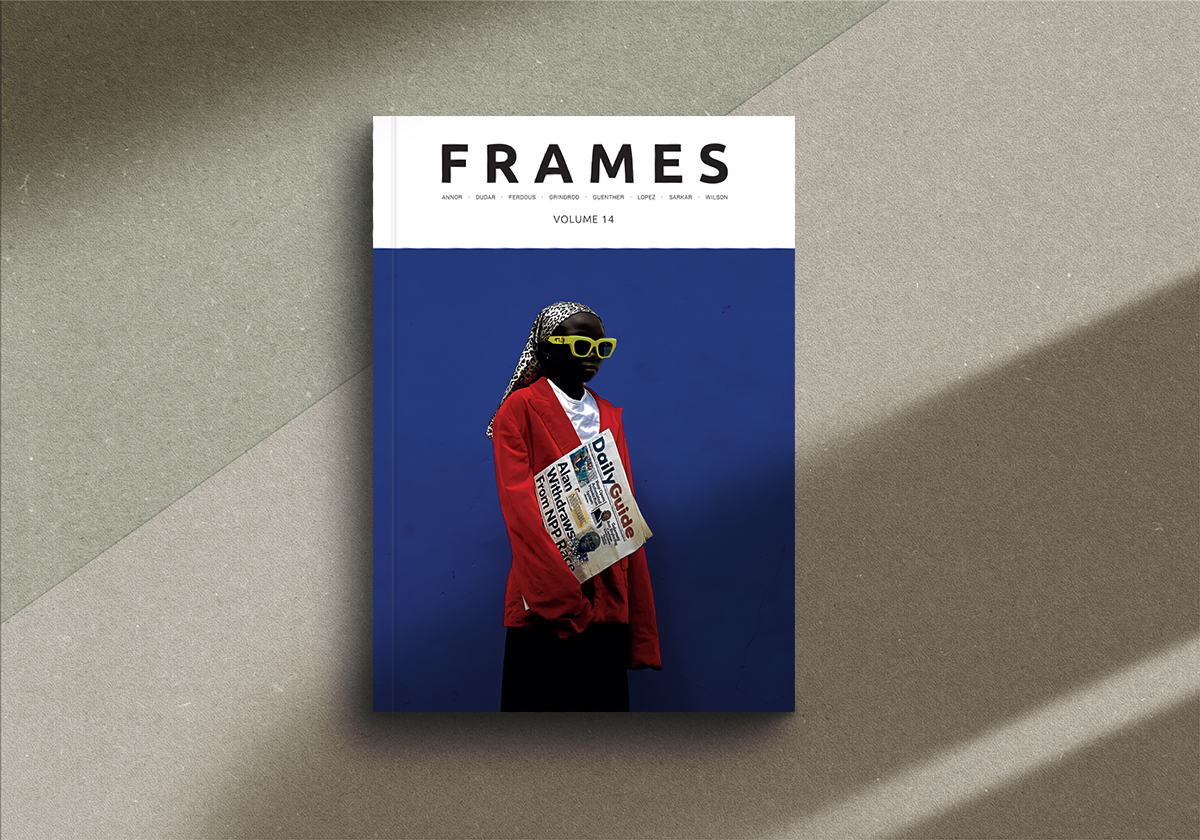The late, beloved American painter, Andrew Wyeth (1917 – 2006), once mused about his most famous work, Christina’s World (1948, collection of the Museum of Modern Art, New York) that if he had been “any good,” as an artist, he would have left Christina entirely out of the picture. He realized that idea 15 years later with Her Room, 1963, which includes the exact pink of the fabric of Christina’ dress, here as curtains in a room that is also among his lifelong series of portraits of his wife Betsy James Wyeth, who, in fact, posed for the original image of Christina for Christina’s World. For Wyeth, absence only deepened emotional resonance and mystery that he challenged viewers to find for themselves, one of many contextual reasons Wyeth’s art is far from simple realism.
Since the early 21st century Jeffery Becton has often produced work that echoes the ineffable longing and poetic quietude of Wyeth’s work where human presence is softly whispered in other, more mysterious ways – a rack of antlers, a table clock without hands, a soup tureen. I suspect Wyeth might have understood and applauded. Becton’s essential subject, like Wyeth’s, is the littoral – the spaces where land and sea meet silently, merging seamlessly into each other, ceaselessly transforming into something utterly new, un-nameable. Becton is as much the master of islands and coastlines as any captain of working vessels plying offshore waters near his Deer Isle home and studio. He knows where the ledges are and how time and tides affect safe passage.
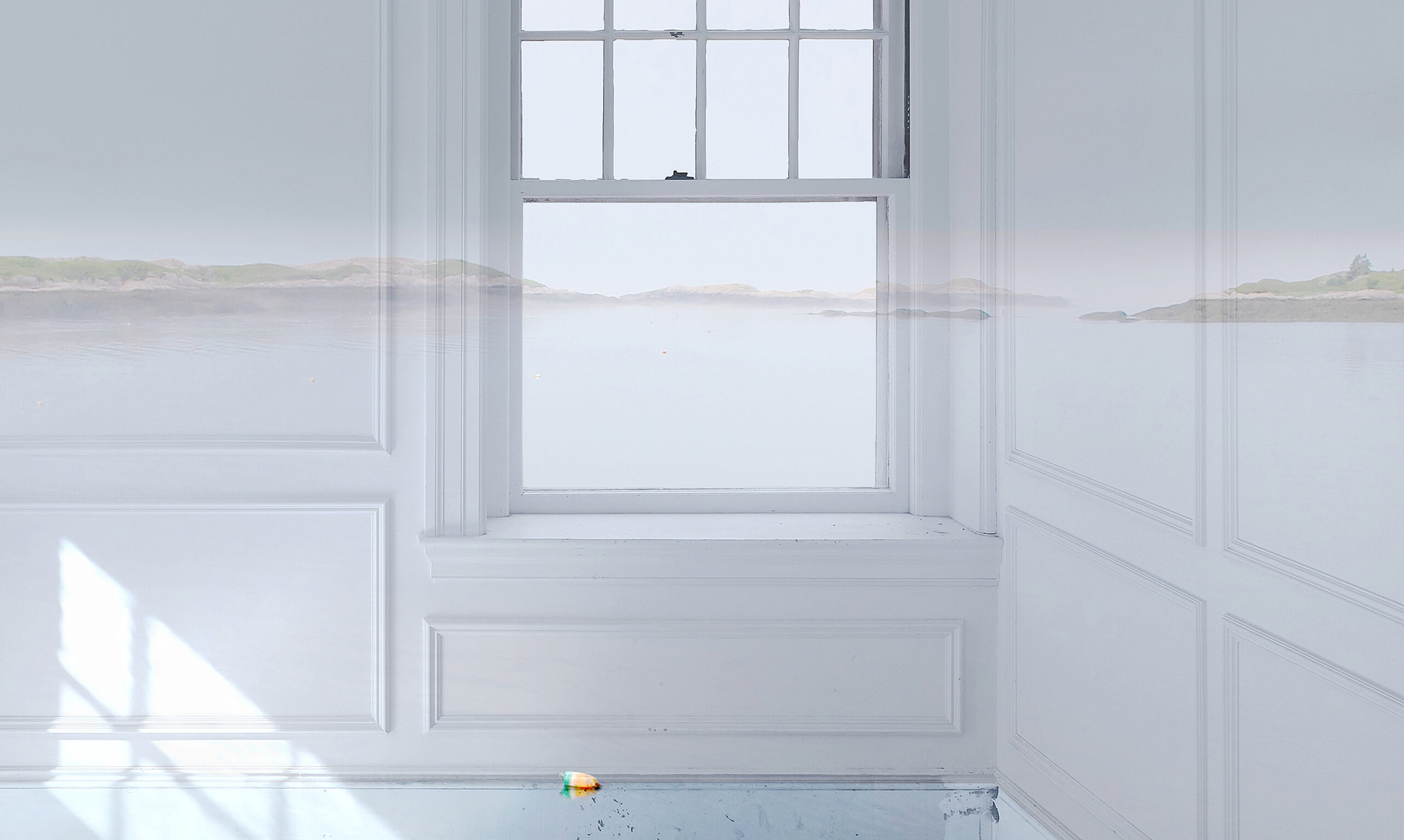
Becton is a photographer who paints. He paints images through the evolving late 20th and 21st century technology of digital photography that he helped pioneer in the early days of personal computers and Adobe Photoshop. Along with work by a younger generation of photo artists like Jeff Wall, Gregory Crewdson, Candida Hofer, Axel Hutte, and others, Becton began to explore heroic scale, subjective narratives, and new tools to stitch together images that his teachers never could have imagined possible for “straight” photography. Becton’s work evolved slowly, incrementally, over several decades into his later-in-life montages that have become increasingly abstract albeit assembled from multiple images culled from countless, un-manipulated, digital photographs he has taken over many years, past and present. Along with the human figure, time takes a holiday in his ambiguously untethered to precise dates and places compositions. He has built a visual practice that allows for the soft meshing of morning light into afternoon water, lapping, caressing, occasionally pounding isolated boats, flooded walls, submerged floors, the outside and inside of ancient (by an American time scale) ravaged and empty but strangely furnished and seemingly unoccupied homesteads by the sea.
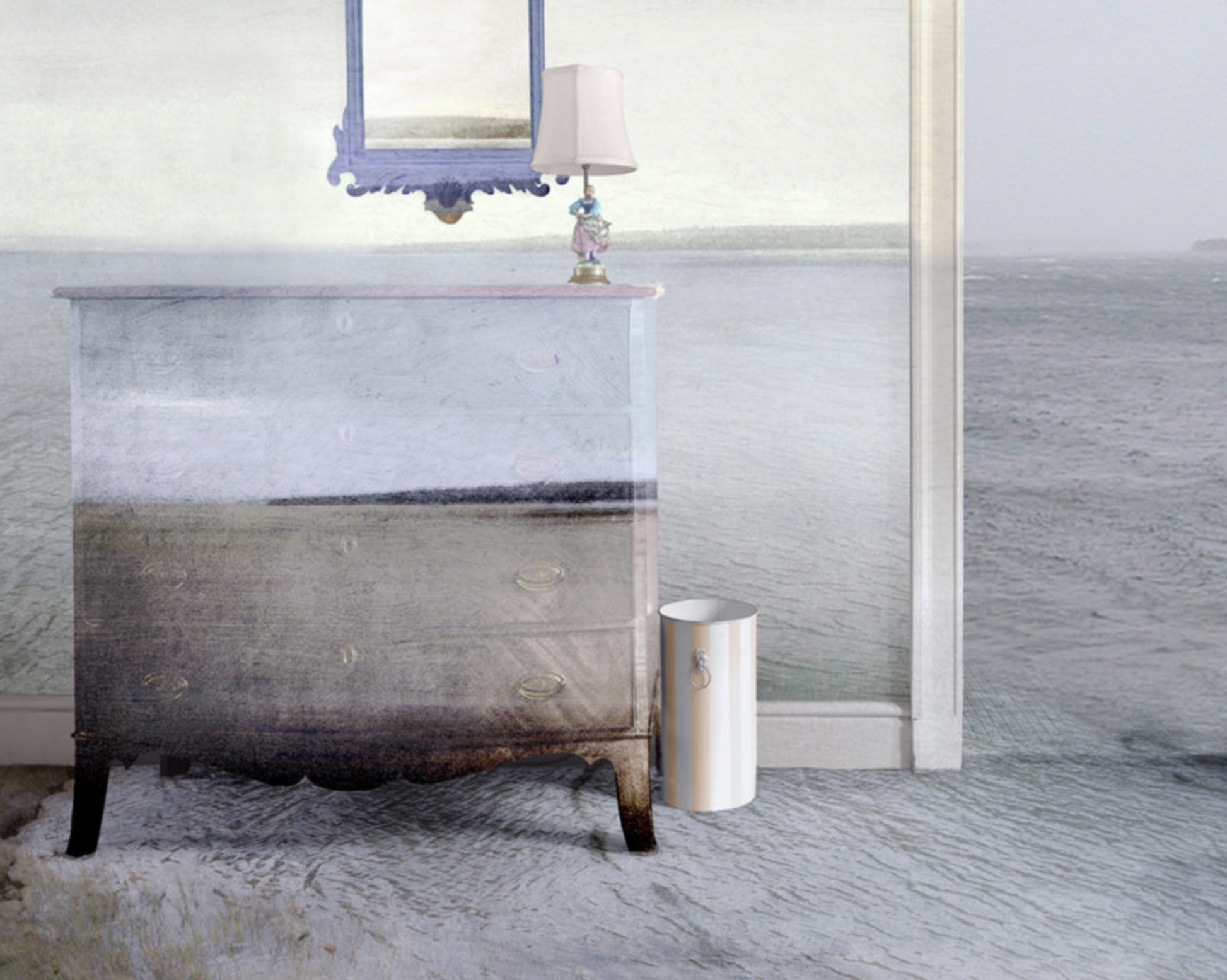
Manipulating photographs implies a certain laissez-faire attitude toward representation, or at least a sense of humor embedded among many of Becton’s images. Whatever Louise Brooks or “Pandora’s Box” silent film director, Georg Pabst, might have thought, Becton’s “Pandora’s Chest” is the embodiment of a double-take and photography’s multiple perceptual and philosophical conundrums. The chest repeats the seascape on the horizon through the door that is also repeated on the chest, the wall behind, and even in the mirror above. Like cinema, time and place are unfixed, setting and story subject to flashback and retelling from differing points of view. Unlike music, theme and variation can be experienced at a glance, literally enabling the viewer to take in different sizes and implicit scales all at once. Becton routinely challenges commonly held notions of what photographs can mean: what is real and what is not somehow co-exist as both sides of the same coin. Becton’s chest is seductive in the simplicity of a seascape that is both inside and outside, simultaneously calming and disquieting.
Hand-built wooden domestic furnishings by farmers and fishermen, for whom simple carpentry was a survival skill from the Colonial era through the mid-19th century, are still found in both modest and more stately homes throughout rural New England. Painted furniture, however, was often reserved for celebratory wedding chests, gifts concealing the bride’s intimate linens and wedding night bedclothes. Becton’s reference to Pandora similarly alludes to forbidden Pilgrim pleasures residing within as well as, perhaps, how fertile, exterior worlds signify private inner lives. It may as well be telling that only the umbrella container and a fragile table lamp crowning the chest are untouched by the invasive sea that washes through the entire room.
And, if one were to link Becton’s sensibility to other artists, one would necessarily invoke a North Atlantic perspective, evidenced in the art of such diverse masters as Casper David Friedrich, J.M.W. Turner, Winslow Homer, Edward Hopper and even the expansive, crumbling textures and dark, visionary Post-Modern landscapes of Anselm Kiefer. Panoramas of our environmentally challenged present as well as some unknown but likely not too distant future where art and culture float athwart the laws of nature. These altered photographs present the familiar stuff of art – landscape, still life, traces of human activity – layered, mutated, juxtaposed, transformed. His places are variously familiar and adrift, hidden and revelatory. They are as elusive as lost words, just on the tip of the tongue.

If Picasso had a digital camera, he would have instantly understood Becton’s work. He would see interiors that are simultaneously outside; and know that the slippages between land and sea, reality and abstraction represent new ways of seeing. Like Gauguin’s classic The Spirit of the Dead Watching, Becton’s space is haunted by those moments between waking and dreaming, where what is real can become more terrifying than what can only be imagined – like the immanent presence of death for Brown and Black citizens on American streets and even in their own homes. Becton’s work often depicts distant views brought uncomfortably close, weather about to change, the seduction of mysterious shorelines, their distant terrors, unmoored and detached; black clouds breaking onto and overtaking broken boats; how a raging sea feels and looks to drowning sailors.
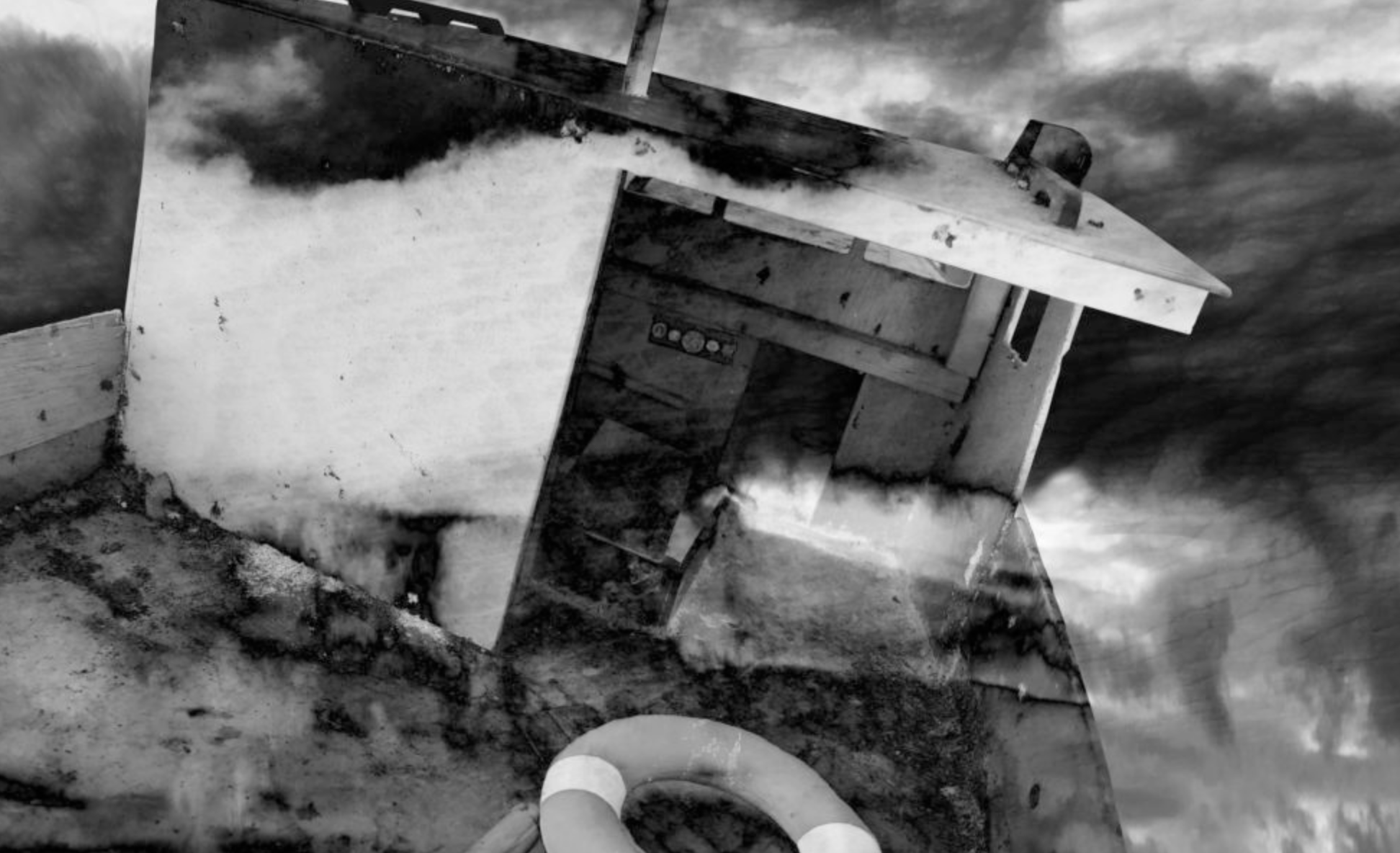
Becton’s first love is history, a subject he majored in during undergraduate studies at Yale. His response to both historical and recent trauma inflicted on Black Americans – Black lives taken as if they did not matter and relentless, systemic racial violence over four centuries and counting – is seen in series of montages referring to the historical Middle Passage of the Atlantic slave trade. The sallow, scarified white faces with eyes closed are a ghostly indictment of white indifference and blindness to slavery, its aftermath and troubling persistence in America’s complex and difficult story.
The calm demeanor of an artificial white face is based on Becton’s photograph of a decorative table lamp originally created by an artist-friend, Mark Kindschi. Becton’s manipulated images are vaguely reminiscent of folk art “face jugs” from the 17th and 18th centuries, originally produced by African-American slaves in South Carolina. Face vessels by early slaves seem to have had religious or burial significance and, according to scholars, may also reflect a need to capture individuality under the identity erasing conditions of slavery where only the slaves might know their own African names in their own languages. Doubtless the double irony of Becton’s image of a white face from an object designed to function as a source of light, now alluding to the metaphorical darkness of the slave trade, is not lost on the artist. A second version of Middle Passage is more overtly watery, a drowned visage in a shallow, sun-dappled sea.
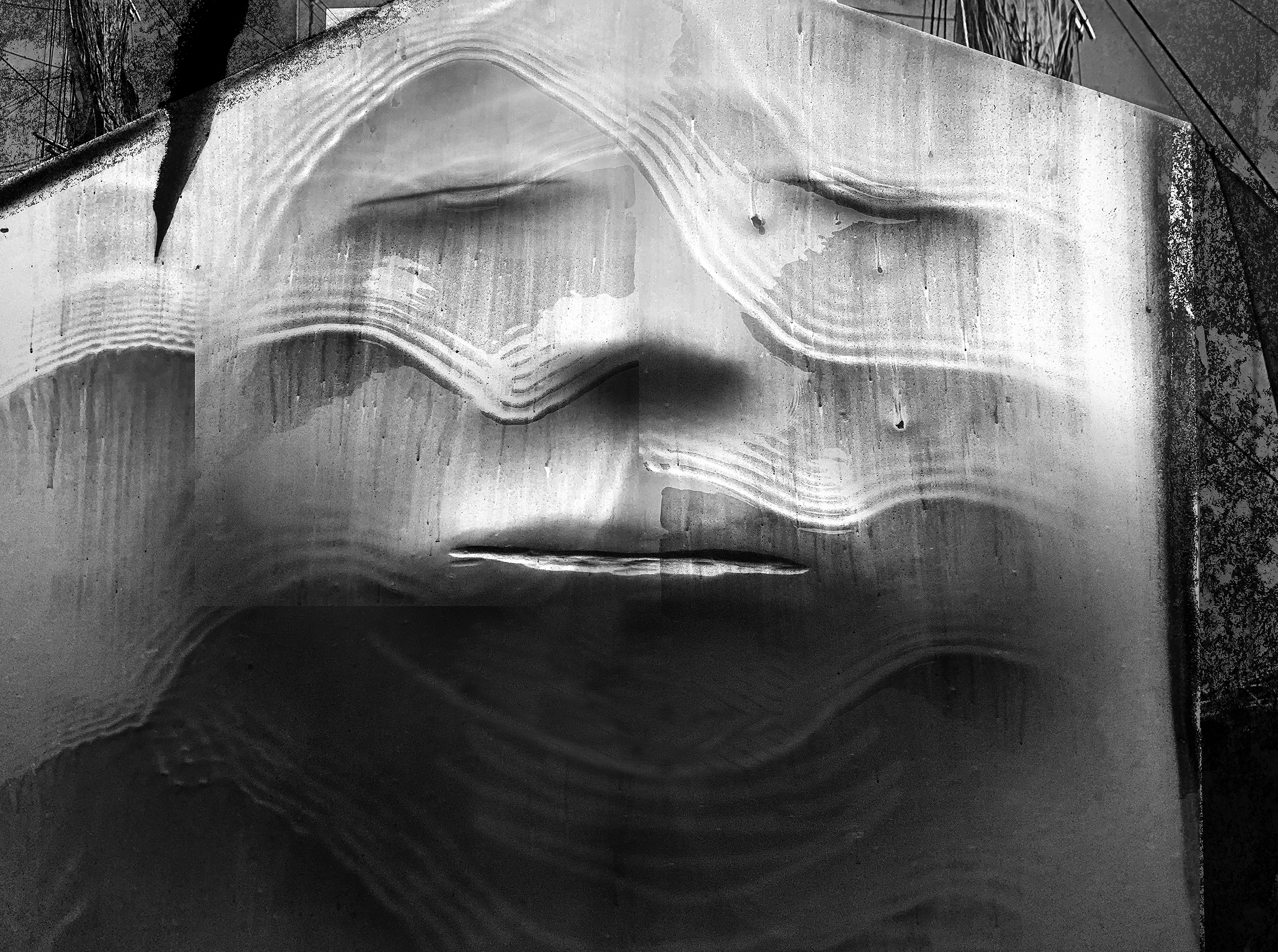
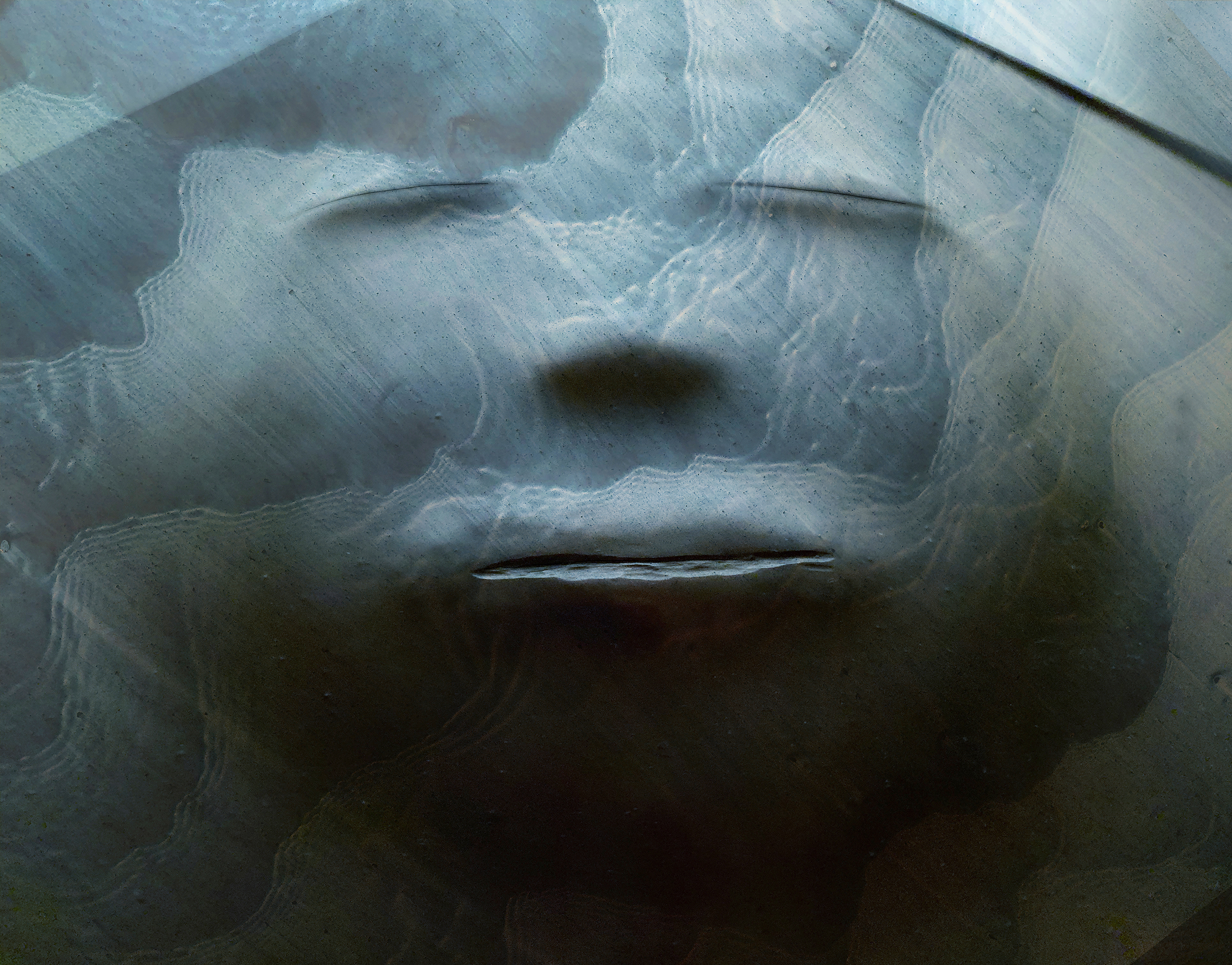
Becton understands that a white artist commenting on Black experience is fundamentally and always problematic. But Becton has described this image as acknowledging his own family’s history of wealth and privilege – the likelihood that his and even marginally successful white antebellum Americans’ ancestors participated, at the very least, in perpetuating economic conditions enabling and benefitting from the savagery of the Middle Passage. Racist violence over four centuries of relentless cruelty is still, sadly, endemic to American culture. Its cause and effect, its continuing presence today is, in part, a function of passive silence and willful blindness. For thoughtful, introspective artists like Becton, whose work is about bringing different images together, he suggests that both/and is not only possible but essential to the montage that is our common human ancestry. The same white face in his “And the Sea Shall Give Up Her Dead (2020), is unsettling, with one open eye and one eye closed. As if to say, seeing and not seeing are both possible – too many contemporary eyes both opened and closed to a fraught history. Becton’s work travels middle passages eliding boundaries between land and sea, artifice and reality, absence and presence, sensual beauty and uncomfortable truth.
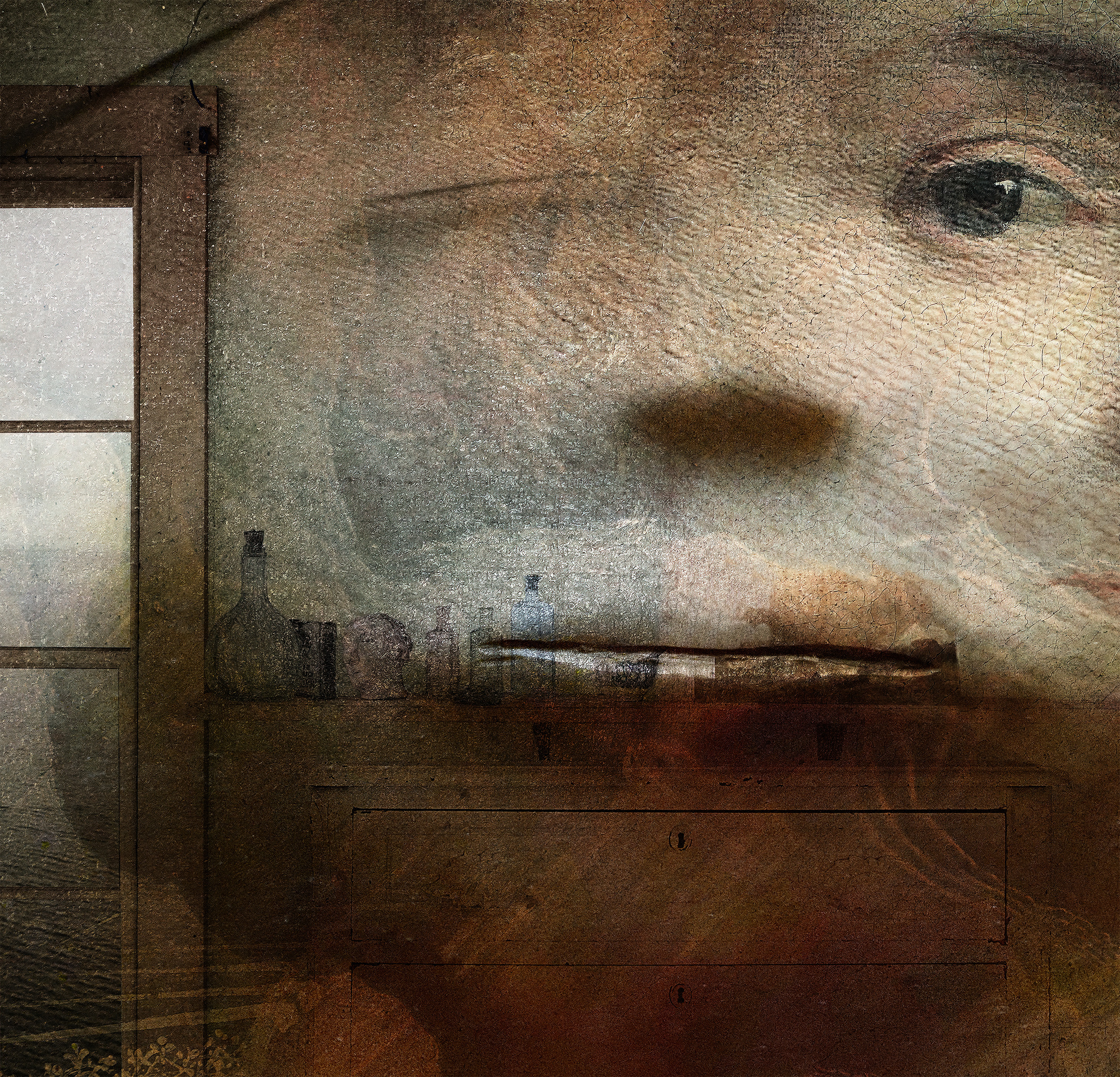
This article has been reprinted with permission from the Maine Arts Journal: UMVA Quarterly, Winter 2023.
Koman Fine Art will present Jeffery Becton’s exhibition Threshold at Photo London (11-14 May 2023).
JEFFERY BECTON


